Bath towels are a staple in every household, yet few people pause to consider the intricate details that go into their design. Among these details are the lines that often adorn the surface of bath towels. At first glance, these lines might seem purely decorative, but they serve specific purposes that enhance the functionality and longevity of the towel. Understanding these lines can lead to a greater appreciation of the craftsmanship involved in towel production.
Understanding the Purpose of Lines on Bath Towels
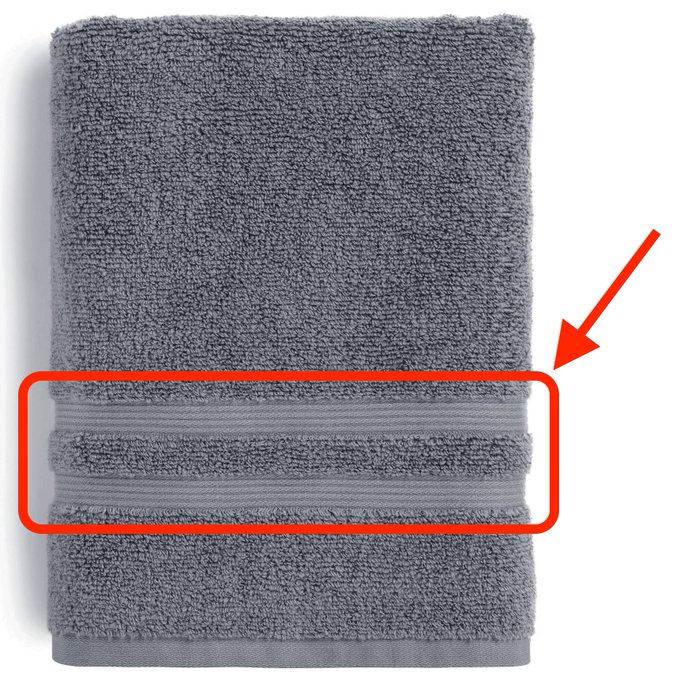
The lines on bath towels are not merely aesthetic choices made by designers. These are often the result of deliberate weaving techniques, each serving multiple practical purposes. For example, they enhance water absorption, improve the structural integrity of the towel, and create a tactile experience that feels luxurious to the user. Examining these lines reveals the intricate engineering behind what appears to be a simple household item.
According to an article on Upworthy, these lines also contribute to a towel’s ability to wick moisture effectively. A crucial factor in their design and usability. This subtle functionality is often overlooked but plays a significant role in ensuring towels meet the daily demands of users.
Top Reasons for the Lines on Bath Towels
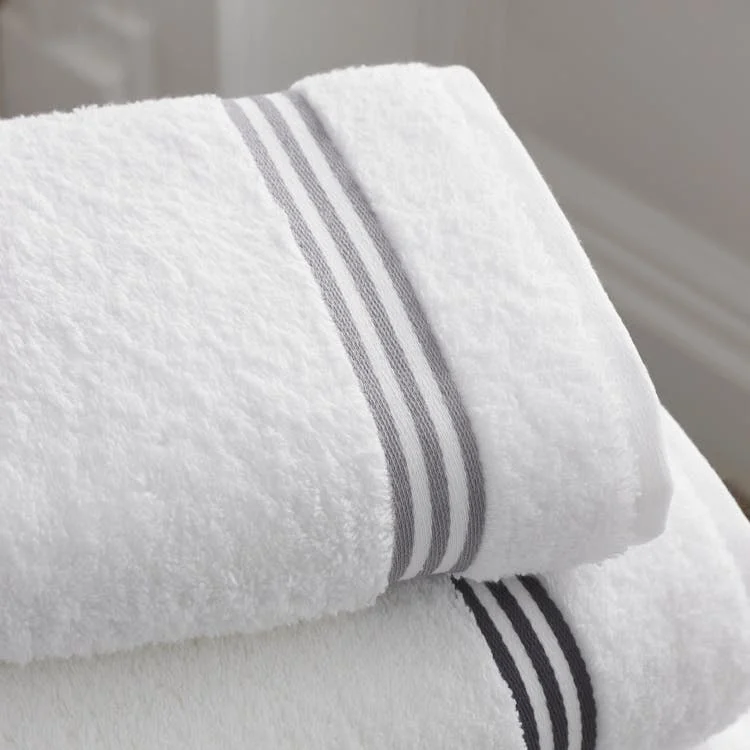
One primary function of these lines is to boost the towel’s absorbency. The weaving technique used to create them increases the towel’s surface area, allowing it to soak up more water efficiently. Beyond absorption, these lines also aid the drying process by creating channels that promote airflow. This innovation ensures the towel dries faster, reducing the risk of mildew buildup.
Another practical purpose is related to usability. The lines often serve as visual guides, making it easier to fold or hang towels neatly. This small but thoughtful detail helps maintain the towel’s shape and appearance over time, ensuring it remains a functional and attractive addition to the bathroom.
The Role of Tread Lines in Towel Longevity
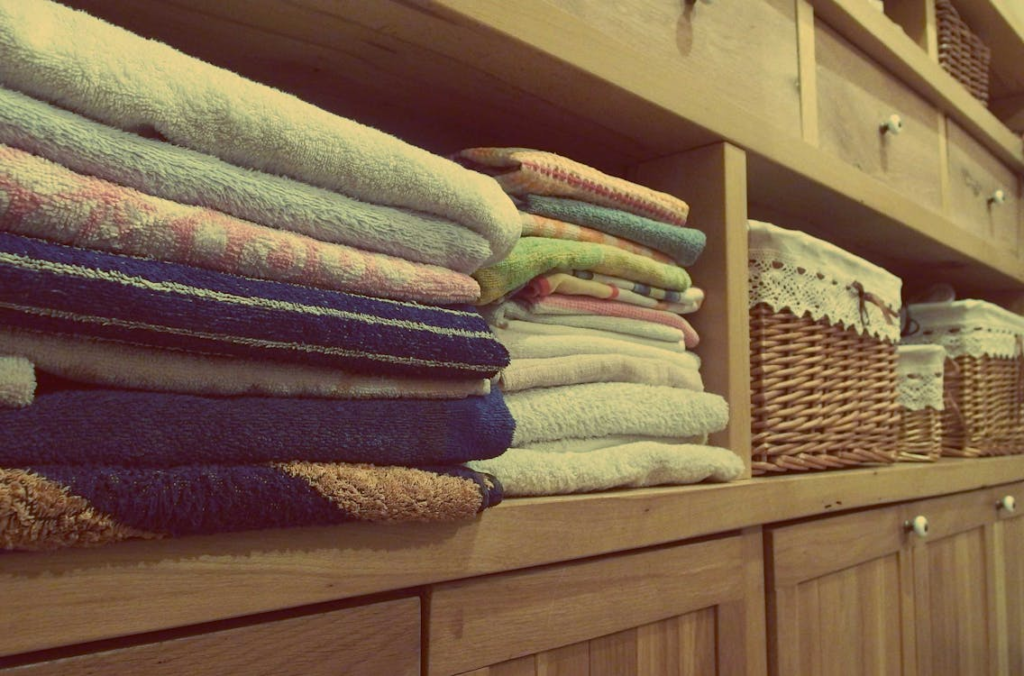
Tread lines, which appear as raised patterns on some towels, play a vital role in extending the lifespan of these everyday essentials. These lines are woven using techniques that reinforce the fabric’s structure, preventing fraying and distortion even after repeated washing and use.
“Tread lines are designed to maintain the towel’s thickness and plushness,” explains textile expert Clara Brooks. “They act as a buffer, reducing wear and tear while keeping the towel looking and feeling luxurious.” By fortifying the material, tread lines contribute significantly to the towel’s overall durability and comfort.
How Dobby Weave Maintains Towel Structure
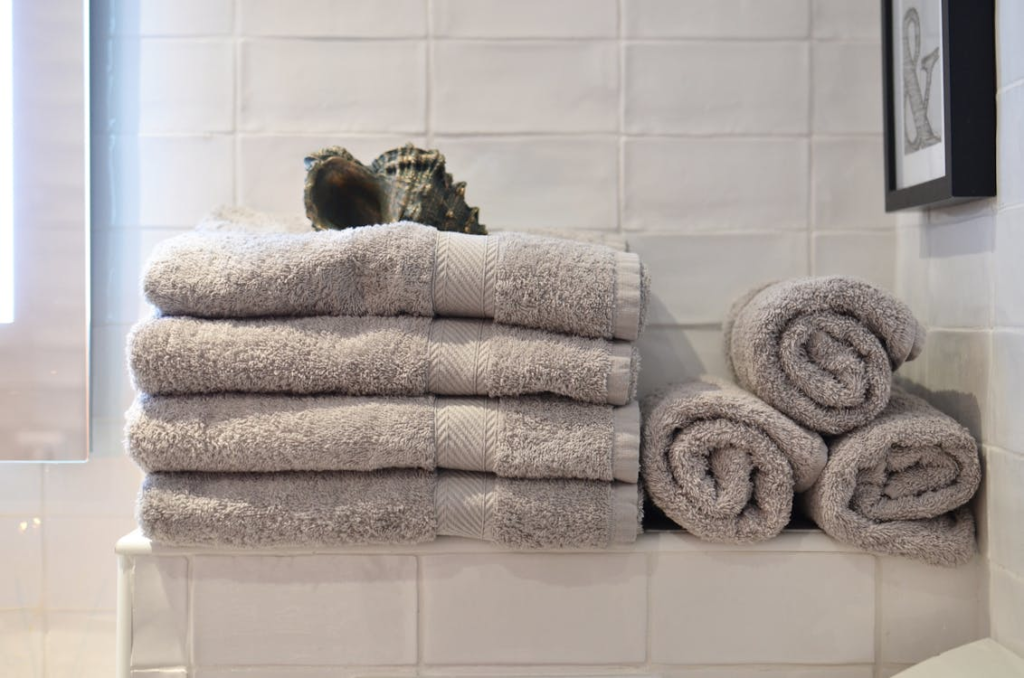
The dobby weave technique is a cornerstone of modern towel manufacturing. This method is characterized by small, geometric patterns that are responsible for the distinctive lines seen on many towels. These patterns serve more than just an aesthetic purpose—they maintain the towel’s structural integrity.
“The dobby weave creates a tight, stable fabric that resists stretching and distortion,” notes weaver Jonathan Lee. “This ensures the towel retains its original form, even after extensive use.” Thanks to this weaving method, towels stay soft and functional for years, making them a worthwhile investment.
The Functionality of Dobby Borders in Towels
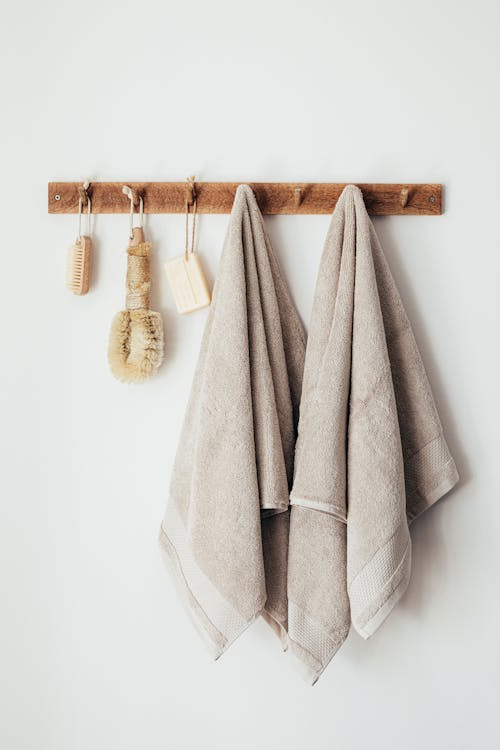
Dobby borders are the decorative bands often found at the ends of towels. While they certainly add to a towel’s visual appeal, their primary role is functional. These borders are densely woven to provide additional strength to the edges, preventing them from unraveling over time.
“The dobby border acts as a protective frame for the towel,” says Clara Brooks. “It reinforces the edges, ensuring that the towel remains intact and durable even after frequent use.” This thoughtful addition not only enhances the towel’s lifespan but also contributes to its aesthetic charm, making it a perfect blend of form and function.
Conclusion: Appreciating the Design of Bath Towels

In conclusion, the lines on bath towels are far more than decorative elements—they are the result of thoughtful design and advanced weaving techniques. These lines improve the towel’s absorbency, durability, and ease of use, elevating a mundane item to a work of functional art.
As highlighted by Upworthy, the subtle details—from the dobby weave to tread lines—are carefully crafted to meet both practical and aesthetic needs. The next time you reach for a towel, take a moment to admire the intricate details that make it a dependable and enduring part of daily life.